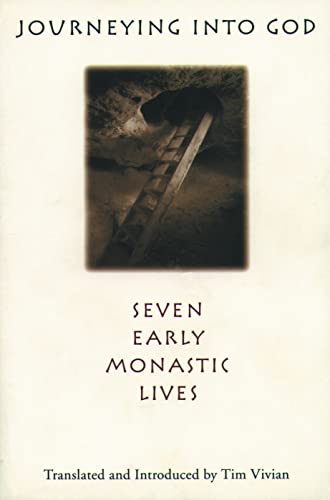The Word of God in Transition: From Prophet to Exegete in the Second Temple Period
Written by William M Schniedewind Reviewed By Richard S. HessSchniedewind’s thesis is that the post-exilic period saw a change in the understanding of prophets, with a loss of the classical prophet who ministered to kings and the emergence and highlighting of the ‘inspired interpreter’ who is reapplies the message of the Scriptures to the needs of the present. Schniedewind uses a variety of studies on aspects of the books of Chronicles as a means to study and demonstrate this thesis. He begins with an important study of titles and inscription formulas that demonstrate that the Chronicler (author of Chronicles) used traditional formulas in new and different ways. For examples, titles and inspiration formulas used by the classical prophets only of false prophets are used by the Chronicler of true prophets.
Schniedewind then studies the prophetic speeches of Chronicles which are not also found in the books of Samuel and Kings. He observed that speeches by individuals who were given the title, ‘prophet’, or something similar often interpreted previous biblical events and texts. However, those speeches given by messengers without such titles regularly exhorted and encouraged. He applies this to early post-exilic Judaism and argues that at that time prophecy had come to mean the interpretation of biblical texts. While this is a legitimate conclusion, the assumption that this role did not exist in pre-exilic prophecy seems to rest upon the view that the Chronicler’s only source was the Deuteronomistic History. This presupposition has not gone unchallenged in recent scholarship.
In order to establish his thesis that Chronicles rewrites the Deuteronomistic History of Samuel and Kings, Schniedewind argues that the word of Yahweh, as used in the Deuteronomistic History and in the earlier prophets, refers to the prophetic word. In Chronicles, however, it signifies the post-exilic interest in the written law of Moses. The promise to David of a dynasty (2 Samuel 7) is rewritten by the Chronicler (in various texts) to refer to the promise of a temple as well. Again this reflects the key importance of the temple in post-exilic Jerusalem. Where caution is required, however, is in Schniedewind’s assumption that the ability to identify textual differences in Chronicles (vs. Samuel and Kings) and to associate them with theological interests of the post-exilic period must mean that the Chronicler could not have used other earlier sources for this information.
Schniedewind’s brief chapter on the Levitical singers argues that for the Chronicler they were inspired like David. Among Israelite and Judean kings only David is portrayed in a prophetic role by the Chronicler. This stresses the unique contribution of David as cult founder in the view of the writer. It is this last point that is developed in the book’s conclusion. The classical pre-exilic prophets were and would be associated only with Kings. In the post-exilic era, the prophetic figures would become inspired interpreters of the earlier prophets. These later prophets would address new situations in the context of a people of God without a king of their own. It is this change which forms the major thesis of Schniedewind’s book, and one that he argues cogently.
Richard S. Hess
Denver Seminary, Denver







